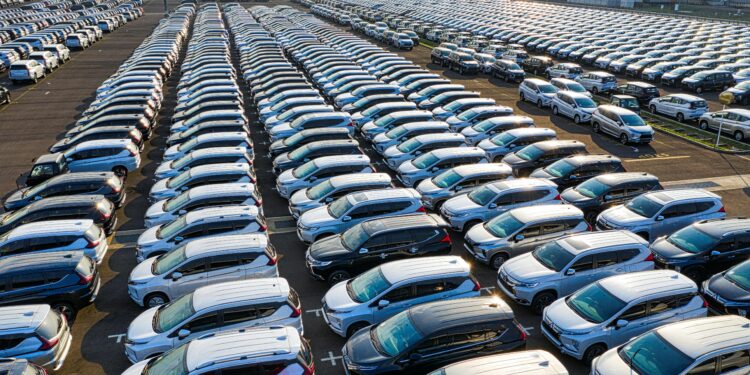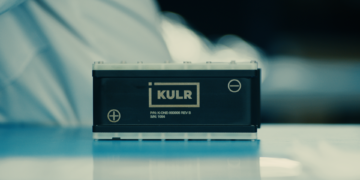The auto giant confronts declining sales, market challenges, and leadership upheaval amidst industry disruption
Stellantis NV (STLA), the multinational automaker behind brands like Jeep and Peugeot, is facing a leadership crisis following the unexpected resignation of CEO Carlos Tavares. Announced late Sunday, Tavares’s departure sent Stellantis shares plunging nearly 9% in Milan on Monday, further deepening a challenging year marked by a 46% stock decline.
The company’s chairman, John Elkann, will temporarily head an interim committee to oversee operations until a new CEO is appointed, a decision Stellantis hopes to finalize by mid-2025. However, the timing of Tavares’s exit has amplified investor concerns. Analysts at Jefferies, led by Philippe Houchois, warned that Stellantis is now without critical leadership during a period that demands decisive action.
Challenges on Multiple Fronts
Tavares leaves as Stellantis grapples with a series of challenges. The automaker is under pressure to halt declining U.S. sales and address overcapacity in Europe, where the electric vehicle (EV) market is showing signs of waning demand. Chinese manufacturers, seizing on this slowdown, are expanding aggressively in the region, intensifying competition.
In the U.S., Stellantis faces a dated vehicle lineup and high inventory levels, contributing to its recent slash in profit and cash flow projections. While European peers like Volkswagen also struggle with weak demand, Stellantis’s scale of underperformance has alarmed investors.
“Swapping out the CEO and CFO in such a short timeframe creates a challenge for investors,” said JPMorgan analyst Jose Asumendi. Until the management team is reestablished, investor confidence in the company’s turnaround is likely to remain muted.
A Fractured Legacy
Tavares, 66, was initially lauded for his ability to streamline operations, cutting costs and reducing vehicle platforms. Under his leadership, Stellantis—formed from the 2021 merger of PSA Group and Fiat Chrysler—achieved early successes. However, tensions mounted as his aggressive cost-cutting strategies drew criticism from unions, dealers, and even shareholders.
In recent months, unions warned that quality issues and model delays stemmed from deep cost reductions. Meanwhile, U.S. dealers accused Tavares of damaging Stellantis’s iconic brands like Jeep, Dodge, and Ram, eroding consumer loyalty.
“He won’t be missed in North America,” remarked Erik Gordon, professor at the University of Michigan’s Ross School of Business. “Not by the suppliers he fought with. Not by the dealers he fought with. And not by car buyers who ignored his vehicles.”
Interim Leadership and the Road Ahead
Stellantis’s interim leadership under Elkann must address an array of urgent issues, from stabilizing market share to redefining its EV strategy in Europe. Doug Ostermann, the recently appointed CFO, reported “good progress” in reducing inventory and improving U.S. market share trends. He is scheduled to provide updates during an autos conference later this week.
Additionally, tensions with Italy’s government over production levels and economic policies loom over the company. Elkann reportedly informed Italian Prime Minister Giorgia Meloni ahead of Tavares’s resignation, reflecting the broader geopolitical implications of the leadership change.
As Stellantis seeks new direction, the automaker faces a pivotal moment to restore investor confidence, recalibrate its strategy, and address the mounting challenges threatening its global standing.
You might like this article:Trump’s Re-Election Sparks Stock Movements: Key Winners and Losers for Investors











